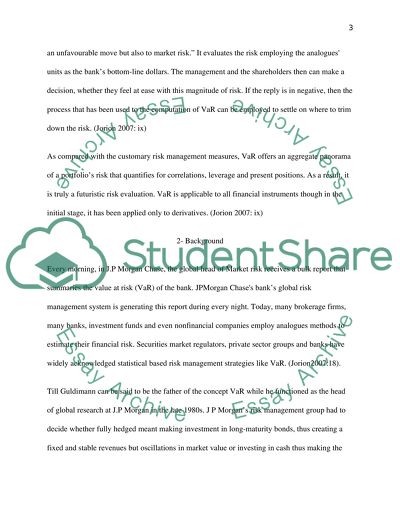Cite this document
(“Value at Risk framework and its utility in Risk Management Assignment”, n.d.)
Retrieved from https://studentshare.org/family-consumer-science/1414991-value-at-risk-framework-and-its-utility-in-risk
Retrieved from https://studentshare.org/family-consumer-science/1414991-value-at-risk-framework-and-its-utility-in-risk
(Value at Risk Framework and Its Utility in Risk Management Assignment)
https://studentshare.org/family-consumer-science/1414991-value-at-risk-framework-and-its-utility-in-risk.
https://studentshare.org/family-consumer-science/1414991-value-at-risk-framework-and-its-utility-in-risk.
“Value at Risk Framework and Its Utility in Risk Management Assignment”, n.d. https://studentshare.org/family-consumer-science/1414991-value-at-risk-framework-and-its-utility-in-risk.


